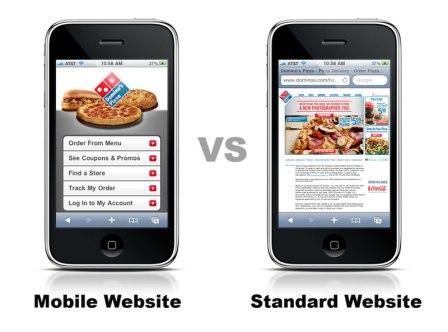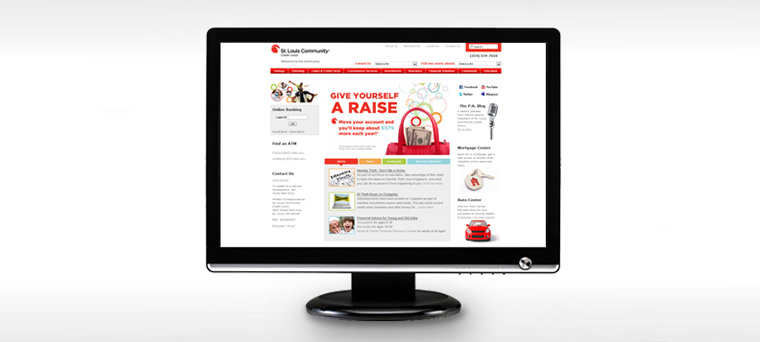 1.Advertising
1.Advertising
If the site that is heavily supported by advertising,
strongly consider separate sites.
For the
ads to load quickly,do not want to run extra code that has more work to do on each page load to determine just what type of device is calling the ad and then to have to make a call to the appropriate ad network.
Responsive tricks like hiding some divs will cause all sorts of problems with reporting, where the assets are
still loaded in the background, but not displayed
 2.Web Apps
2.Web Apps
If the site interface is more like an app than a traditional web site, or if location plays a major role in site’s functionality, then think about
separate desktop and mobile sites.
The interface design needs for an app on a big screen, navigated with a mouse or touch pad while seated, is very
different than a little screen, navigated with a finger while on the go.
Incorporation of location or other device capabilities is also different between desktop and mobile browsers
3.Speed
Speed is king on mobile, and if the site needs to consistently load fast, the smart code is needed.
People just do not wait for slow mobile pages.
4.Device Quirks
Mobile devices and browsers have their quirks, and desktop devices and browsers have theirs.
All the work around code to address these issues can create a lot of unnecessary code overhead.
For example, there is
TONS of code out there to deal with various IE quirks on the desktop. Why send this code to a mobile browser on a narrower band connection, on a typically
lower power/lower memory device, where it has no relevance at all?
5.Search Engine Optimization
The
impact of responsive web design on crawlers from Google and other search engines is not fully clear.
These bots do not represent themselves clearly as one specific device, and given the same exact URLs for both mobile and desktop versions of a site, there is some mystery in what this would do for search indexing.
6. Analytics
Traffic tools like Google Analytics can provide a ton of information about
site visitors with a little snippet of JavaScript code.
Many mobile browsers
do not support Javascript, and for those that do, this script may often
get left “un-triggered” because of slower speeds on mobile (or low placement on a page).
7.Images
Images are a
challenge for responsive design, but when going from desktop to mobile, this challenge is especially tough. For responsive design, a developer would typically load a reasonably
high-resolution image (larger file) that can be scaled down to fit smaller view ports.
On mobile, ideally need to do the
opposite and host a
low-resolution image and then scale up for larger view ports while maintaining image clarity, which takes some clever scripting.
8.Videos
In desktop or even tablet design, the practice of embedding a video in a web page is fairly normal.
In some implementations, embedded videos even pre-fetch their content, so that it can be played automatically or without buffering delay.
However,
in mobile design, this can cause a tax on both bandwidth and load times.
9.Organizational Resources
When the web site of an organization is viewed by the business to be a
single project across all device classes, it is more difficult to justify the resources needed to maintain multiple experiences and to keep up with modern mobile expectations.
10.Different Expertise
A mobile site designer or developer must
stay on top of a different skill set when compared to desktop web developers. There are mobile specific tags and mark-up to be considered, and new devices with new capabilities are hitting the market all the time.
Design and coding priorities are different for mobile versus desktop versus tablet. Recognize and end up with a much better product.

